About Us & Blog
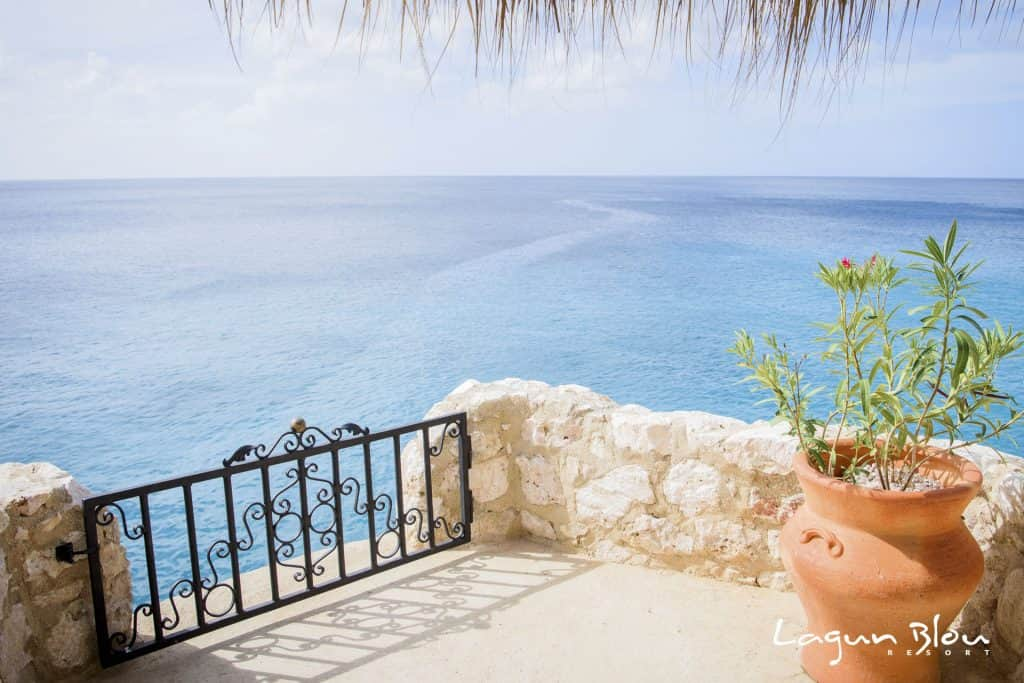
About us - Our Journey to 'Coming Home'
For over two decades, our family's story has been intertwined with the magic of Curaçao. With 25 years of professional and personal history on the island, we called Jan Thiel Bay our home for much of that time, making countless beautiful memories as we watched the area transform firsthand.
But in recent years, as Jan Thiel Bay grew more and more touristy, we slowly felt the peace and authentic beauty we had cherished begin to slip away. This prompted a new journey - a search for a sanctuary that could restore that treasured feeling.
We found it at Lagun Blou Dive & Beach Resort. Here, we've truly rediscovered the serenity and unspoiled nature that first captured our hearts. The tranquility, the breathtaking surroundings, and that profound sense of "coming home" are more present than ever. We can't wait to share this special place, this Hidden Gem (in Papiamentu: e Perla Skondi), with you.
Jacob Broers
3 September 2025
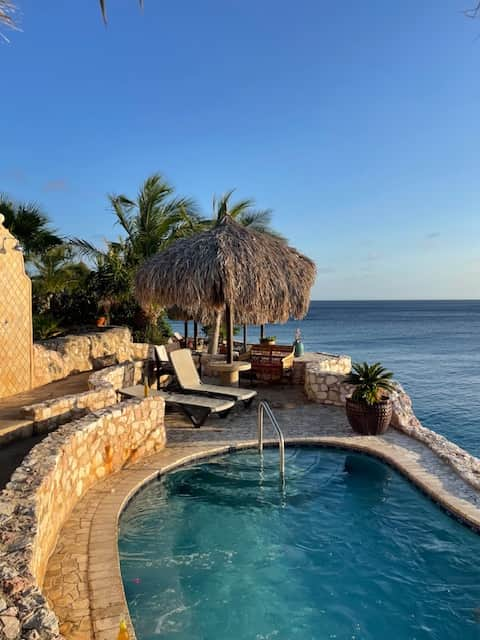
A warm welcome to our inaugural blog post!
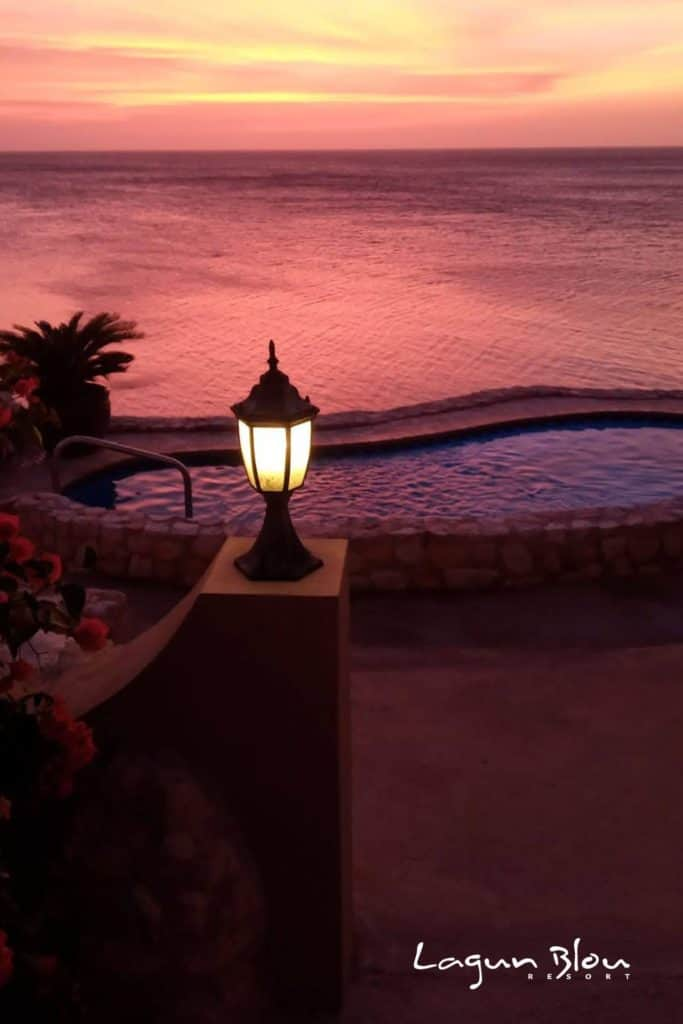
Through this blog, we invite you to join us on a journey of rediscovery. We'll share fresh insights, revisit familiar landscapes through new eyes, and celebrate the enduring magic of finding peace and authentic beauty, wherever that may lead.
3 September 2025
Headache File: Why Curaçao's Houses are Pastel-Coloured
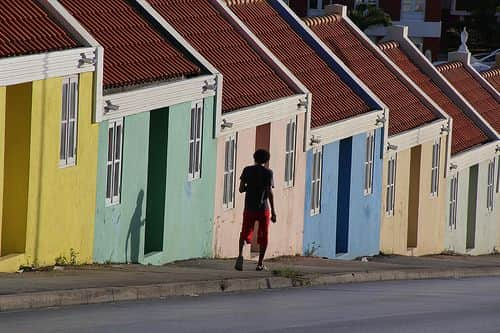
The pastel-coloured façades in soft yellow, pale green, pink, and blue are the island's signature feature today. The cheerful colours lend the historic district of Willemstad its unique charm—but did you know this tradition started with a medical recommendation?
In the 19th century, all the houses on Curaçao were whitewashed. This was the norm in tropical areas; white reflects sunlight and keeps homes cool. However, in the blazing Caribbean sun, the white reflected so intensely that it was blinding.
Governor Albert Kikkert regularly suffered from severe headaches. He consulted his doctor, Dr. Benjamin de Sola, who gave a surprising recommendation: Ban white and use lighter, less reflective colours.
The Law of Colour
Kikkert followed the advice immediately. In 1817, he issued an order that all white houses in Willemstad and across the island had to be painted a colour. The official reason for the ordinance was that the strong reflection from the white walls was detrimental to eyesight and could cause headaches (migraines).
Thus began the tradition of the pastel-coloured houses, which are gentle on the eyes, stay cool in the sun, and often derived from local natural pigments.
The 'Governor of Colours' and the Twist
By banning white and prescribing pastel hues, Kikkert changed the island's appearance forever. This earned him the memorable nickname 'Governor of Colours'.
What began as a medical necessity, according to local tales, may also have had a financial edge. Persistent rumours suggest Kikkert imposed a tax on those who did not comply with the new colour regulations. There are even stories that he (or related parties) owned a paint factory and thus profited directly from his own law!
Whatever the precise reason, what started as practical and medical advice grew into a cultural symbol of Caribbean beauty. Today, Willemstad's characteristic, cheerful appearance is listed on the UNESCO World Heritage list.
6 October 2025
